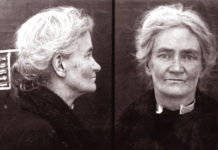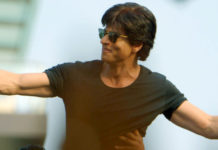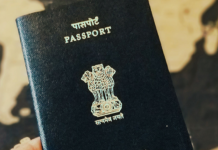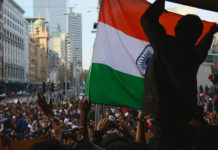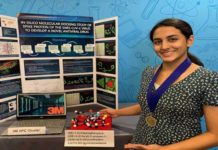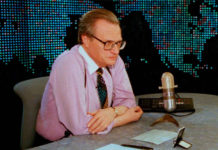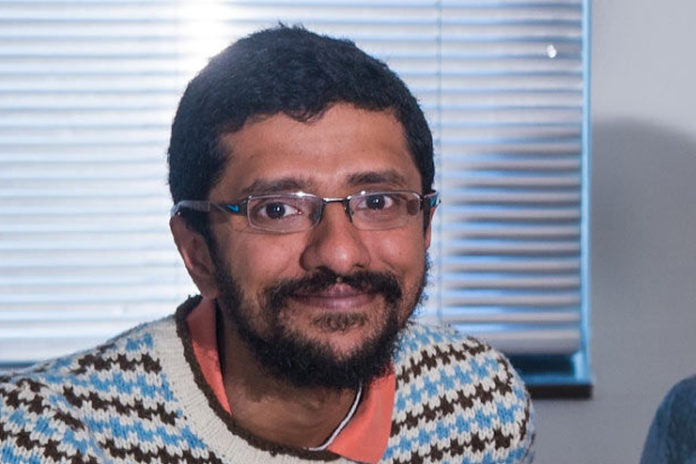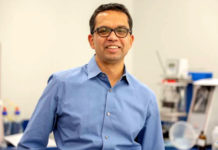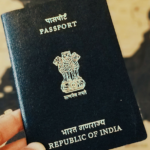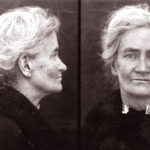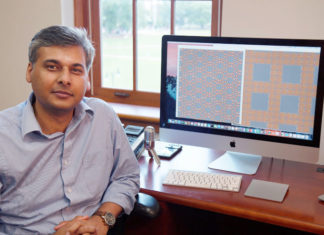Indian American engineer, Ashok Veeraraghavan, along with a team has built a camera prototype that can capture a detailed micron-resolution image from long distance without using a long lens.
The prototype that was built and tested by engineers at US-based Rice and Northwestern universities uses a laser and techniques borrowed from holography, microscopy and “Matrix”-style bullet time.
Indian-American Dr. Sanjay Putrevu is Dean Of Cleveland State University College Of Business
It reads a spot illuminated by a laser and captures the “speckle” pattern with a camera sensor. Raw data from dozens of camera positions is fed to a computer program that interprets it and constructs a high-resolution image.
The system known as SAVI — “Synthetic Apertures for long-range, subdiffraction-limited Visible Imaging” — works with coherent illumination sources such as lasers.
“Today, the technology can be applied only to coherent (laser) light,” said Ashok Veeraraghavan, a Rice University Assistant Professor of electrical and computer engineering, in a statement.
“That means you cannot apply these techniques to take pictures outdoors and improve resolution for sunlit images — as yet. Our hope is that one day, maybe a decade from now, we will have that ability,” he added.
Labs led by Veeraraghavan has tested the device that compares interference patterns between multiple speckled images. Veeraraghavan explained that the speckles serve as reference beams and essentially replace one of the two beams used to create holograms.
Indian American Physician Dr. Vadrevu Raju Inducted into Hall of Fame
When a laser illuminates a rough surface, the viewer sees grain-like speckles in the dot. That’s because some of the returning light scattered from points on the surface that has farther to go and throws the collective wave out of phase.
SAVI’s “synthetic aperture” sidesteps the problem by replacing a long lens with a computer program that resolves the speckle data into an image.
“You can capture interference patterns from a fair distance. How far depends on how strong the laser is and how far away you can illuminate,” Veeraraghavan added.
By Premji


